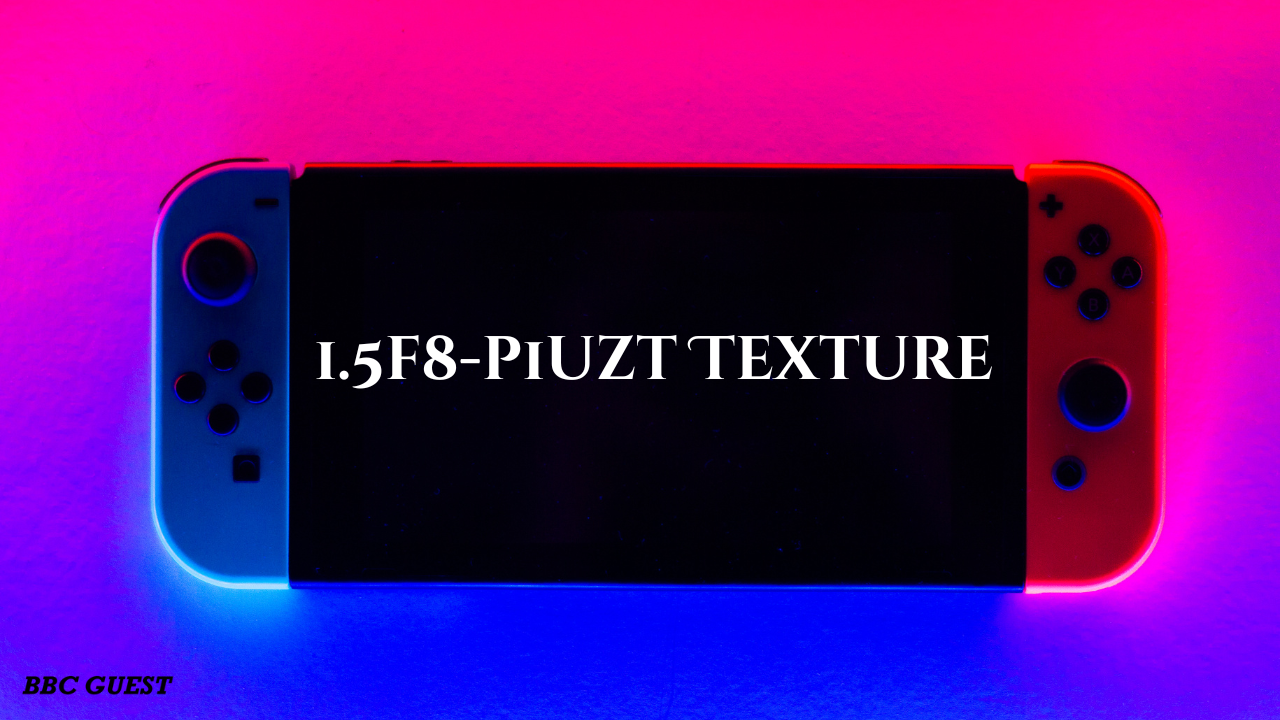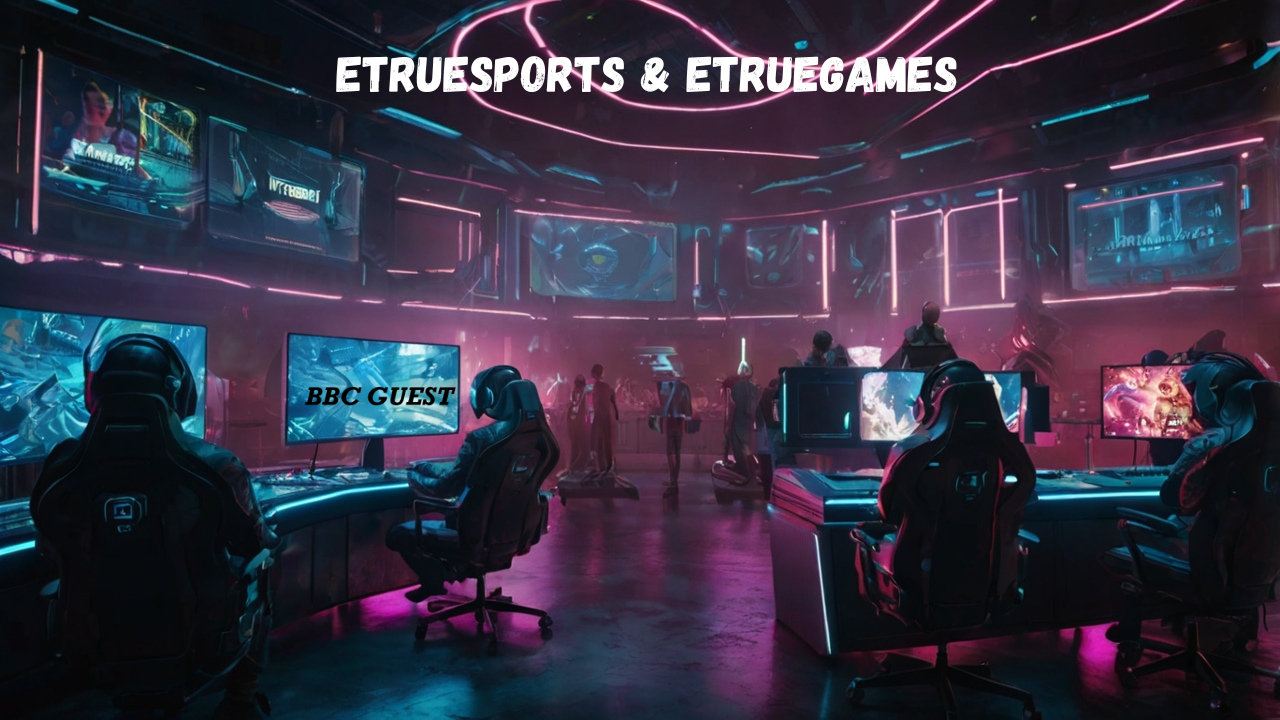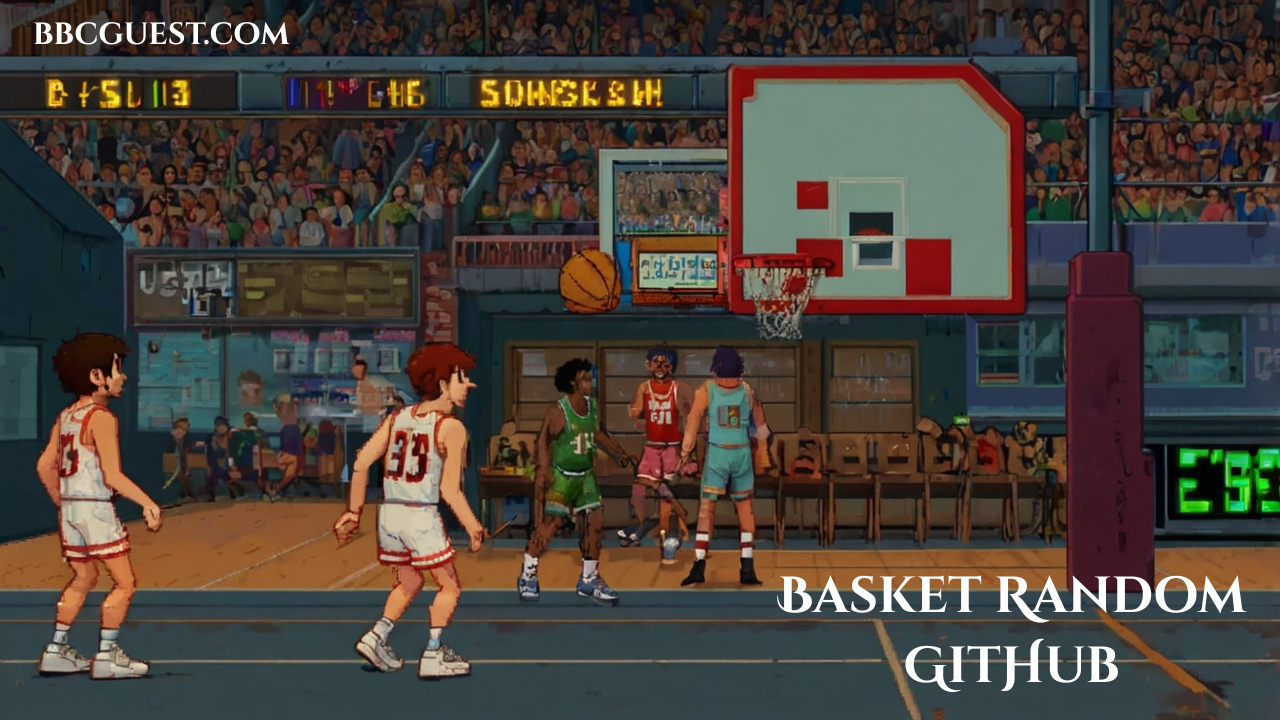In the ever-expanding world of digital creativity and asset development, textures play a critical role in enhancing visual realism. One such unique and increasingly talked-about identifier in the digital space is the “1.5f8-p1uzt texture.” Whether you’re a graphic designer, 3D artist, game developer, or simply a tech enthusiast, this texture variant holds a level of intrigue that is worth unraveling.
What is the 1.5f8-p1uzt Texture?
The term “1.5f8-p1uzt texture” is not widely recognized in mainstream design software but is believed to be an encoded or versioned identifier used in specialized environments—such as proprietary game engines, experimental rendering systems, or highly customized asset libraries. Unlike common texture files like PNGs or JPEGs used in texture mapping, the 1.5f8-p1uzt format typically suggests a coded or modular texture unit, which could include layered material data, shader references, or meta-tagged surface properties.
The purpose of this could be to control distribution, automate asset loading, or track texture versions across environments and updates.
Applications in Game Development and Visual Simulation
In modern game development, unique texture codes like 1.5f8-p1uzt are essential in managing huge volumes of art assets. In open-world games and simulations, different textures are loaded dynamically based on proximity, lighting, and performance optimization needs. Having a uniquely identifiable texture format ensures that developers and engines can assign, call, and cache textures efficiently, minimizing load times and graphical errors.
The “1.5f8-p1uzt” label might be specific to a certain graphical theme or layer—such as a reflective metal shader used only under specific lighting effects, making it an advanced and context-sensitive component.
Integration with 3D Modeling Software
Another critical use of the 1.5f8-p1uzt texture could be in 3D modeling workflows, particularly when combined with tools like Blender, Maya, or Unreal Engine. Artists often rely on texture libraries where assets are versioned and categorized based on resolution, style, or functional use. Having a uniquely indexed identifier ensures that the correct texture is applied during batch rendering or model export.
Additionally, for collaborative environments where dozens of artists work on the same project, this texture identifier might function as a metadata tag to trace asset origin, changes, and compatibility. For example, importing a model with a 1.5f8-p1uzt texture would alert the engine to apply a corresponding shader, lighting curve, or normal map effect, ensuring artistic consistency.
Texture Quality and Performance Optimization
Performance in real-time rendering environments depends largely on texture optimization. Textures like 1.5f8-p1uzt are often optimized for low memory use while maintaining high visual fidelity. These textures may be compressed using GPU-efficient formats (e.g., DDS, KTX2) and layered using PBR (Physically Based Rendering) principles to emulate light interaction authentically.
This means the 1.5f8-p1uzt texture might consist of:
- Base Color (Albedo) map
- Normal map for surface depth
- Metallic map to define shine and reflectivity
- Roughness map to control texture softness
- Ambient Occlusion to enhance depth perception
Combined, these create a lifelike surface that can respond dynamically to environmental changes in real-time applications.
Is It Proprietary or Open-Source?
The cryptic format of 1.5f8-p1uzt suggests it may belong to a proprietary engine or private studio tool. Many modern AAA games use in-house asset pipelines, where textures are categorized and referenced using internal tags. These are not typically shared openly, meaning external users may not recognize or be able to use such a format directly.
However, some modding communities and open-source engine developers reverse-engineer these formats to make them usable in public projects. So, while not mainstream, it’s not entirely inaccessible. With the right converter or import plugin, textures like 1.5f8-p1uzt can be decoded or retextured for reuse.
Conclusion: Why the 1.5f8-p1uzt Texture Matters
While it may not yet be a buzzword in the general creative community, the 1.5f8-p1uzt texture holds significance in specialized design and rendering contexts. Its use showcases the direction in which asset management, versioning, and procedural graphics are headed. For developers and digital artists, understanding such identifiers is key to staying ahead of the curve in asset optimization, performance tuning, and collaborative project development.
Whether it’s part of a futuristic engine or a high-efficiency texture suite, this identifier reminds us of the silent complexity that powers immersive digital worlds.
FAQs
Q1: Is the 1.5f8-p1uzt texture available in standard 3D software like Blender?
Not by default. It likely refers to a proprietary or encoded texture system, but it could be imported or used if a converter is available.
Q2: Can I create my own 1.5f8-p1uzt texture?
Yes, but you’d need to understand its format and purpose. If it’s a custom identifier, you can simulate the format using texture mapping and metadata tagging.
Q3: Where are such textures commonly used?
Primarily in game development, visual simulations, or internal asset libraries within studios.
Q4: What makes this texture different from a regular PNG or JPEG?
It likely contains layered or meta-referenced data for PBR rendering, and its identifier ensures it functions correctly in automated systems.
Q5: Is this texture format suitable for beginners?
Not really. It’s best suited for advanced users who are comfortable working with procedural generation, game engines, or proprietary toolsets.
Also Read: Kaashvi Hiranandani’s Father: A Look into Her Family Background



